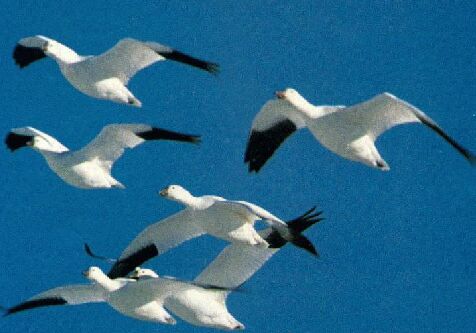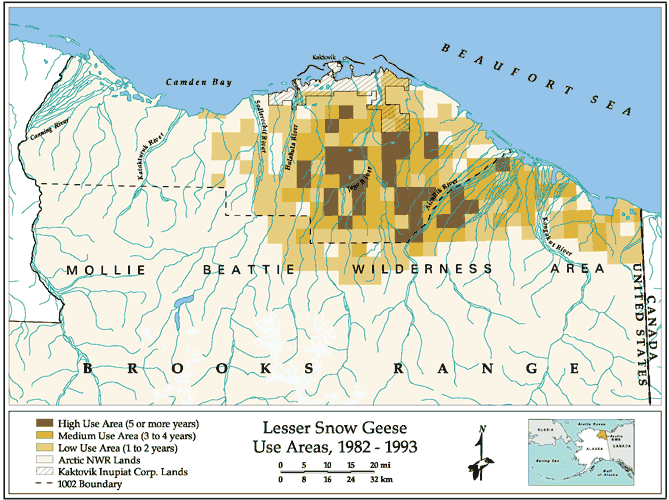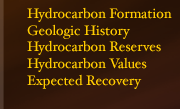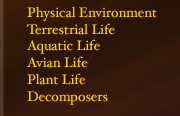
Environmental Implications - Snow Geese
This species migrate to the 1002 region of ANWR every year for two to
four weeks before continuing on a 1300 mile journey to Northern Alberta.
Their time spent on the north slope is critical to their survival since
they need to store nutrients for their long migration path. As many
as 500,000 species migrate to the region each year (Hupp et al, 2002).
These birds are herbivores, feeding on cotton grass. A major predator
is the arctic snow fox. The North Slope supports over 60% of the
Pacific population (National Research Council, 2003).

(Photo: www.saskschools.ca/~gregory/arctic/Abirds.html)
Critical Time Periods
Lesser snow geese migrate to the 1002 region late August to mid-September

(Hupp et al, 2002) Density Distribution of Lesser Snow Geese
(Map: Jerry W. Hupp, Donna G. Robertson, and Alan W. Brackney, Artic Refuge
Coastal Plain Terrestrial Wildlife Research Summaries, http://www.absc.usgs.gov/1002/section9.htm)
Reference:
1. Hupp, Jerry W., Donna G. Robertson, and Alan W. Brackney.
(2002). Arctic Refuge Coastal Plain Terrestrial Wildlife Research Summaries,
http://www.absc.usgs.gov/1002/section9.htm
2. National Research Council. (2003). Cumulative Environmental
Effects of Oil and Gas Activities on Alaska's North Slope. Washington:
The National Academics Press, 2003.





